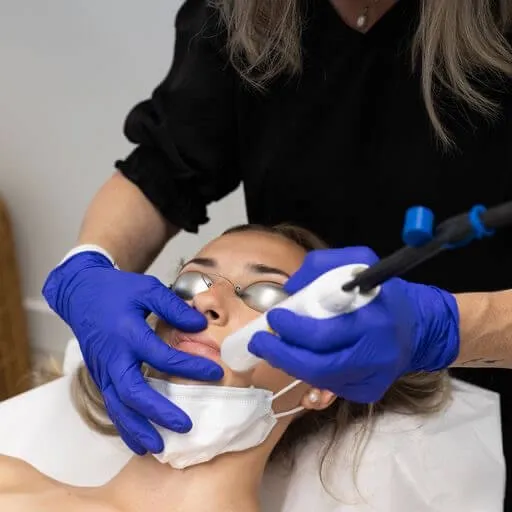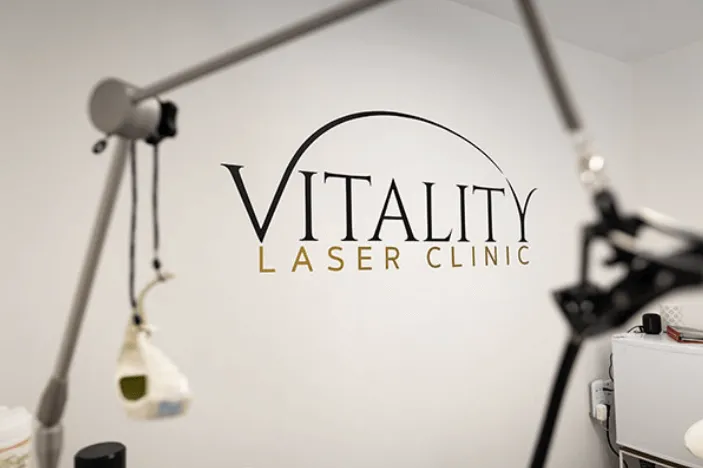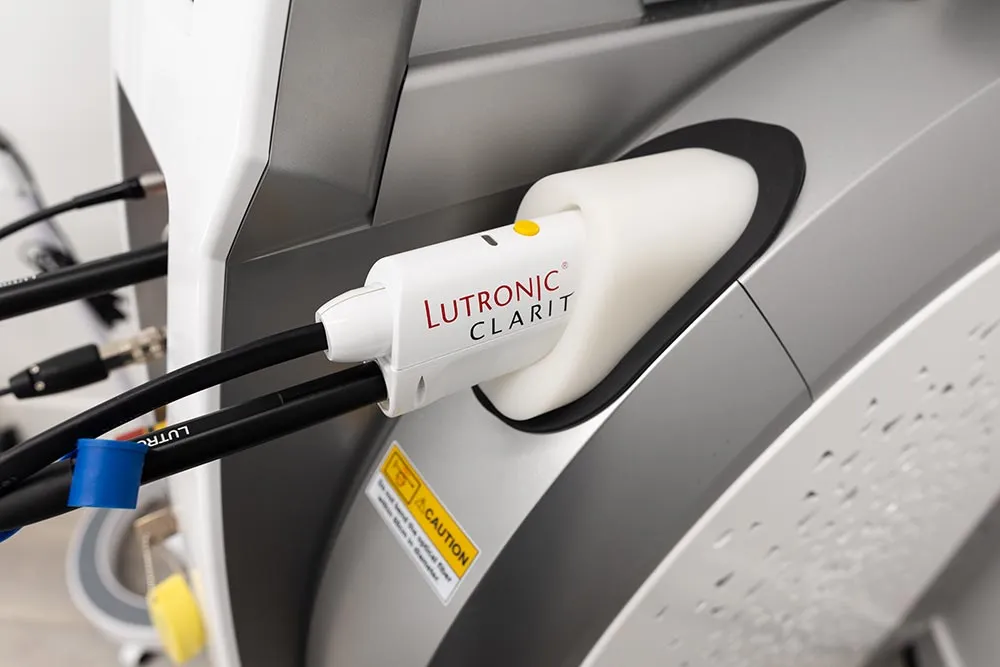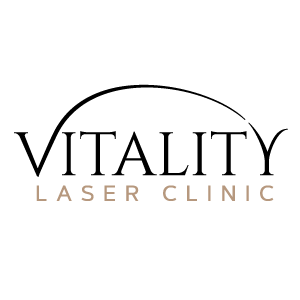Skin Tag Removal and Wart Removal, Victoria B.C.
Acne is a condition that often requires a multi-faceted approach to get under control. Incorporating a healthy diet and staying hydrated are as important as medical grade supportive skin care products, periodic chemical peels and a diligent skincare routine. Exfoliating facials and chemical peels can also be used in conjunction with laser acne treatment to prevent future breakouts, reduce the severity of the break outs and to calm the inflammation. The chemical peels work to loosen and separate the dead skin cells from the surface. The laser heats the skin to expel the excess sebum from the pores, and destroys the bacteria within the skin.
Treat your acne, fade out your acne scarring and restore your skin to a smoother, brighter, healthier complexion.
